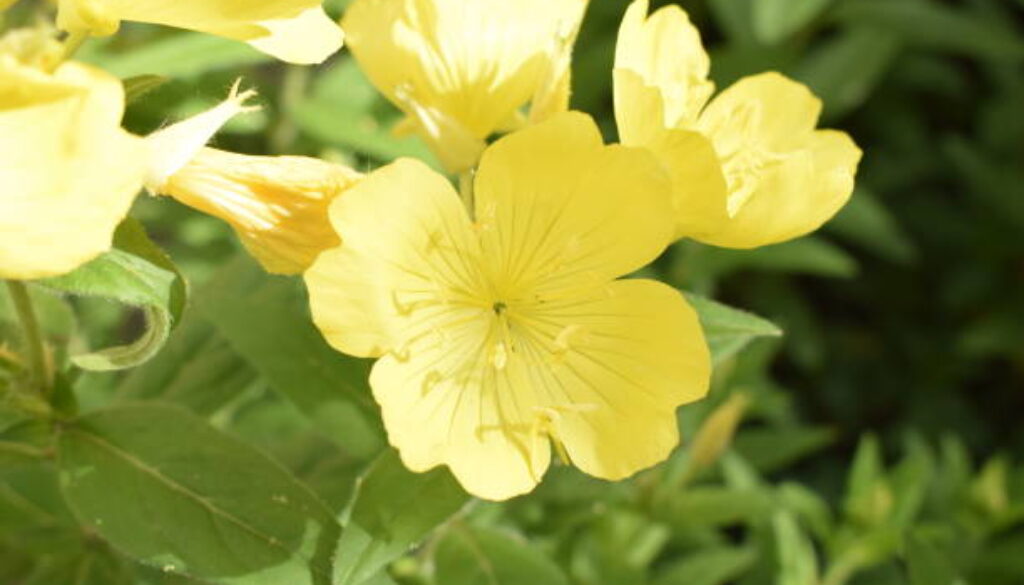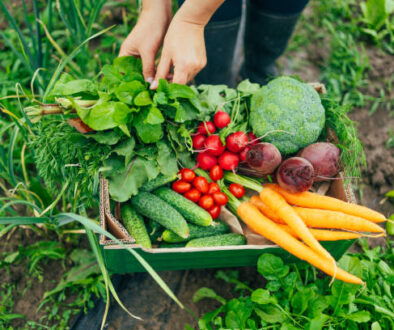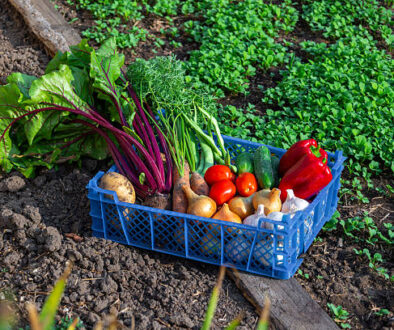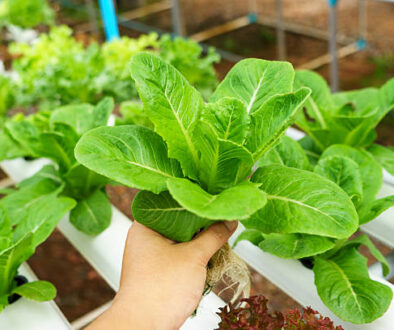15 Best Healing Plants for Pain Relief: Healing Herbs Medicine – Nature’s Best Painkillers
This post may contain paid and/or affiliate links. I may earn a small commission at no extra cost to you.
For centuries, people relied on medicinal plants to ease pain, calm inflammation, and soothe the body.
The good news?
Many of these healing herbs are just as effective today, and you can grow them in your own backyard.
Think of it as building a natural pharmacy, one where side effects are minimal, and nature does the heavy lifting.
Here’s a guide to 15 healing plants that are known for their natural pain-relieving powers.
Related:
- 14 Essential Herbs to Grow in Your Medicine Garden at Home
- 15 Must-Have Herbs for Your Medical Garden and How to Grow Them Very Quickly And Effectively
- Mistakes to Avoid When Growing a Medicinal Herb Garden
1. Turmeric
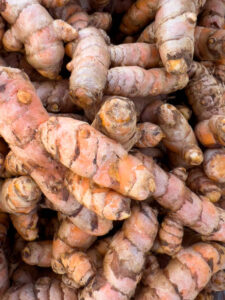
Turmeric is the golden spice you need in your garden. Its active compound, curcumin, reduces inflammation and has been shown to ease joint pain, arthritis, and sore muscles. You can use it fresh or dried in teas, broths, or even smoothies.
2. Ginger
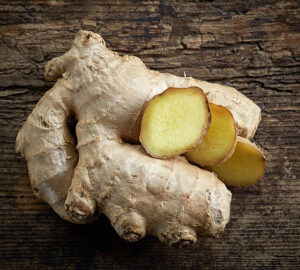
This zesty root isn’t just for cooking. Ginger is famous for reducing pain caused by headaches, sore muscles, and even menstrual cramps. It’s especially great in teas or infused honey.
3. Chamomile
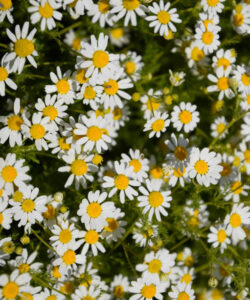
Chamomile isn’t just a bedtime tea; it’s also a natural pain soother. It helps relax tense muscles and calm stomach cramps. A warm cup of chamomile tea can feel like a gentle hug when your body is aching.
4. Peppermint
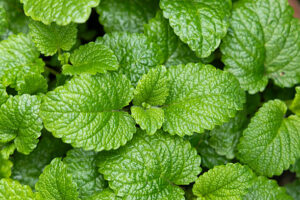
Peppermint leaves contain menthol, which provides a cooling effect that relieves headaches, digestive pain, and even sore muscles. You can brew a tea or use peppermint oil topically.
5. Lavender
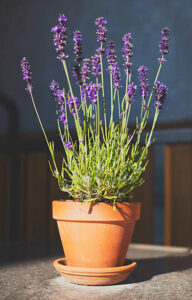
Lavender is well-loved for its calming scent, but it also has mild analgesic properties. It helps reduce headaches, tension, and minor pains while promoting relaxation.
6. Arnica
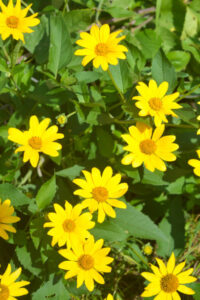
Arnica is one of the best plants for external pain relief. Used in salves and ointments, it’s perfect for bruises, sprains, and sore muscles. Just remember, it’s for external use only.
7. Willow Bark

Known as “nature’s aspirin,” willow bark contains salicin, a compound similar to the active ingredient in aspirin. It’s excellent for headaches, arthritis, and back pain.
8. Eucalyptus
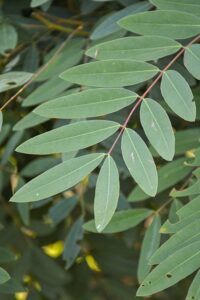
Eucalyptus leaves are packed with compounds that ease respiratory discomfort and muscle pain. Its essential oil is often used in balms and rubs to relieve congestion and aches.
9. Rosemary
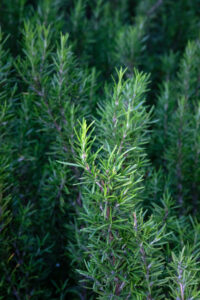
This fragrant herb isn’t just for cooking; it improves circulation and reduces muscle pain. You can use it in teas or as an infused oil for massage.
10. Calendula

Calendula flowers have anti-inflammatory properties and are great for soothing skin irritations, burns, and minor wounds. A calendula salve is a must-have in any herbal first aid kit.
11. Valerian Root
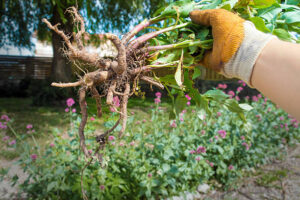
Valerian root is well-known for its calming effects. It helps with tension headaches, insomnia-related pain, and stress-related aches. A tea or tincture works best.
12. Holy Basil (Tulsi)
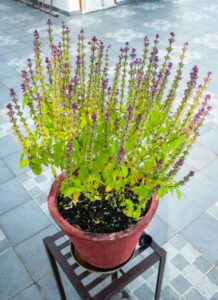
Holy basil reduces stress and inflammation, helping ease pain caused by arthritis, fatigue, and even headaches. A daily Tulsi tea can support both body and mind.
13. Cloves
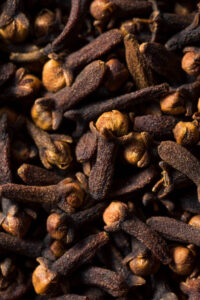
Cloves are tiny but mighty. They’ve been used for centuries to relieve toothaches and digestive pain thanks to their strong natural compounds.
14. Devil’s Claw
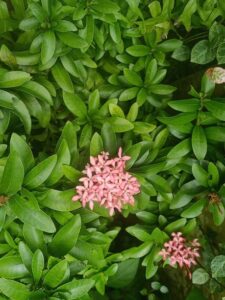
This lesser-known herb is traditionally used for arthritis and back pain. Studies suggest it helps reduce inflammation and improve mobility.
15. St. John’s Wort
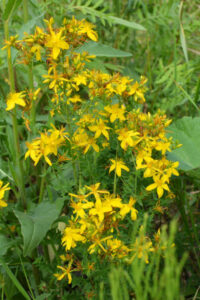
Beyond its mood-boosting properties, St. John’s Wort also helps with nerve pain and muscle aches. It’s often used as an infused oil for topical relief.
Why Growing Your Own Healing Plants Matters
When you grow these plants at home, you know exactly what’s going into your remedies, no chemicals, no fillers, just pure, natural healing. Plus, they’re cost-effective and always within reach when you need them most.
Conclusion
Nature has provided us with some of the best natural painkillers out there.
From the warming kick of ginger to the soothing touch of lavender, these plants can help you manage pain in gentle, effective ways.
Of course, while herbs are powerful, they should complement—not replace—professional medical care when needed.
So why not start your own healing herbs medicine garden?
A few pots, a patch of soil, and a little care can give you access to some of the most trusted natural pain relievers in the world.
💡Quick Note: You have to see these 100+ tips to save money in your house that you are paying needlessly right now. Click Here To See!
